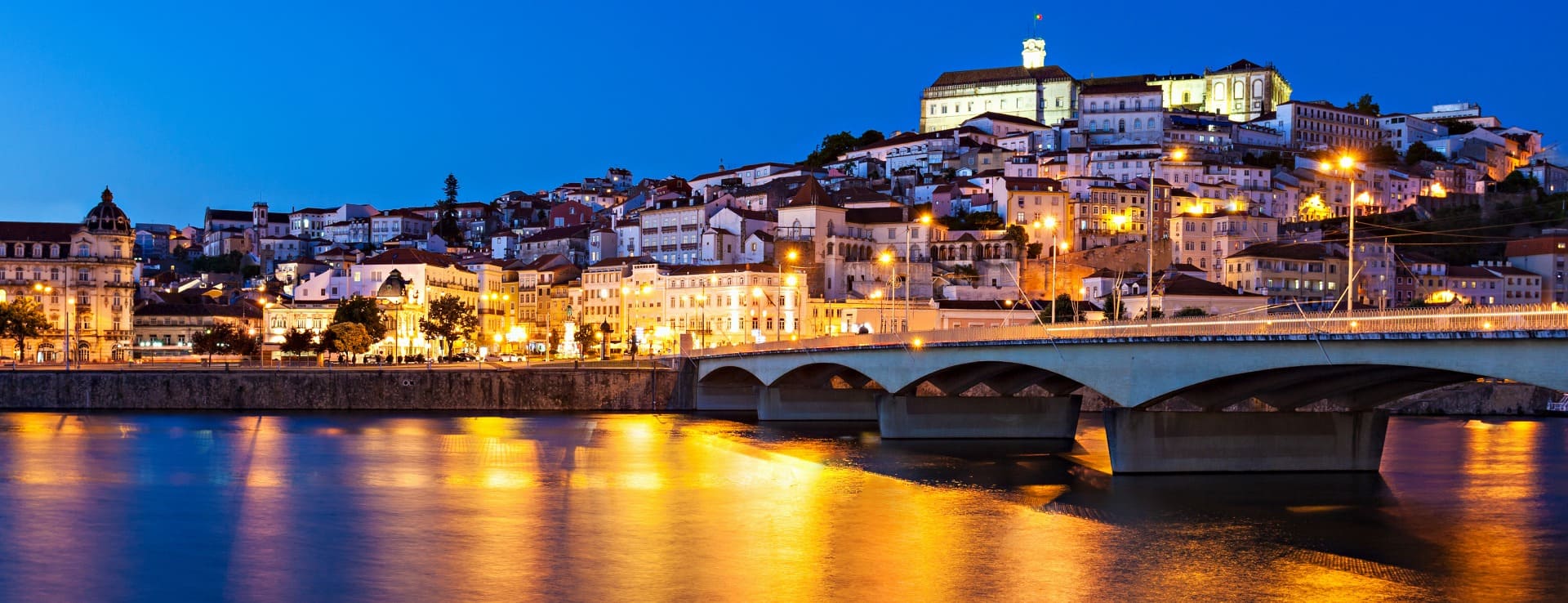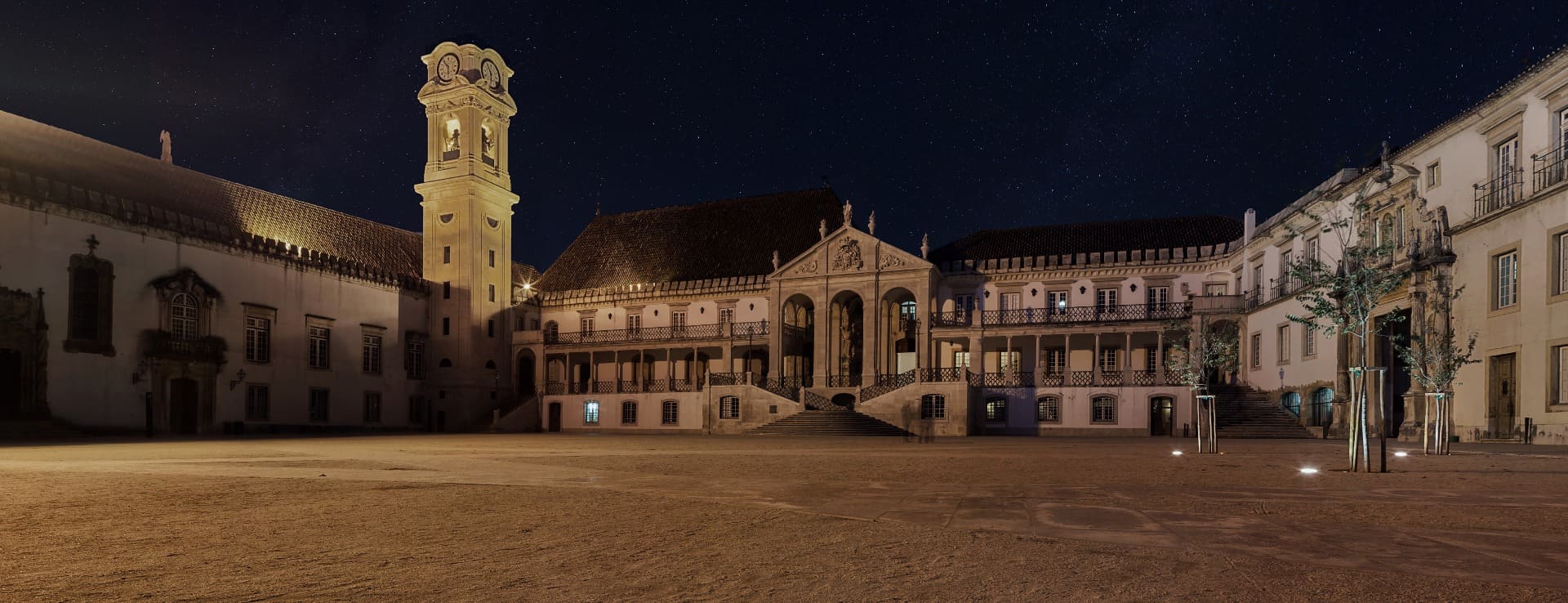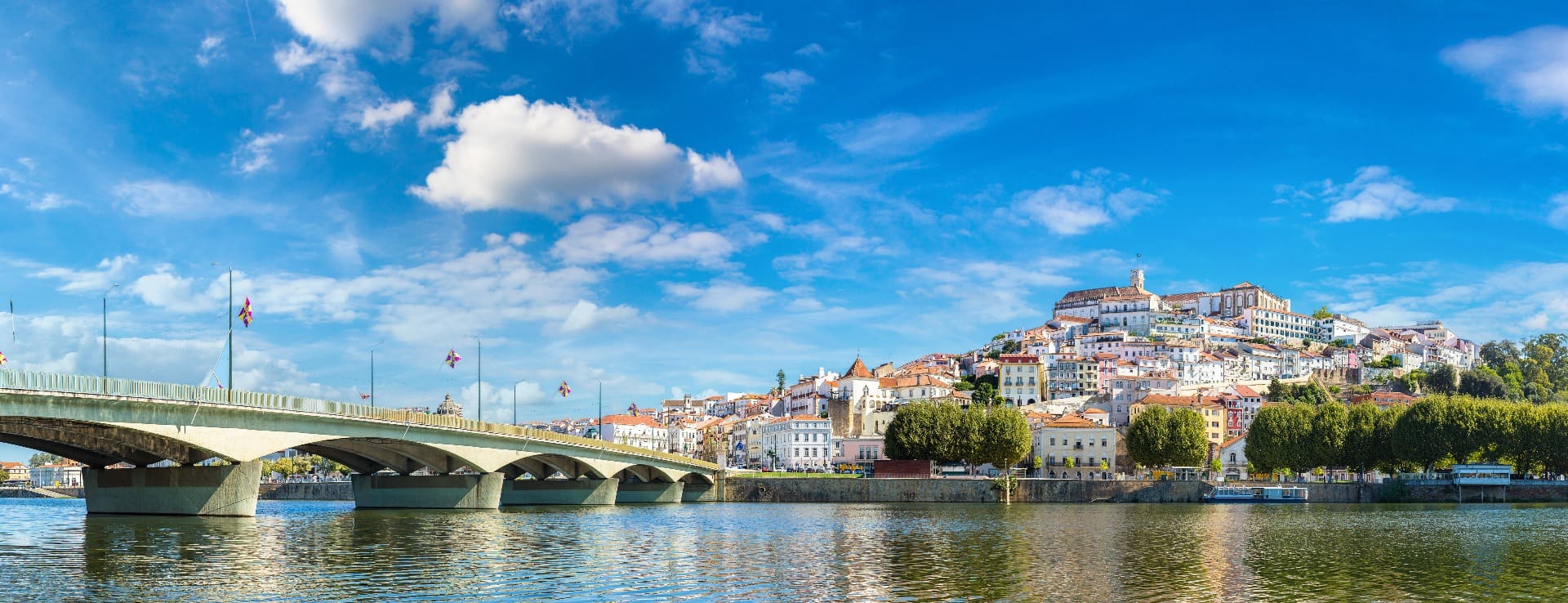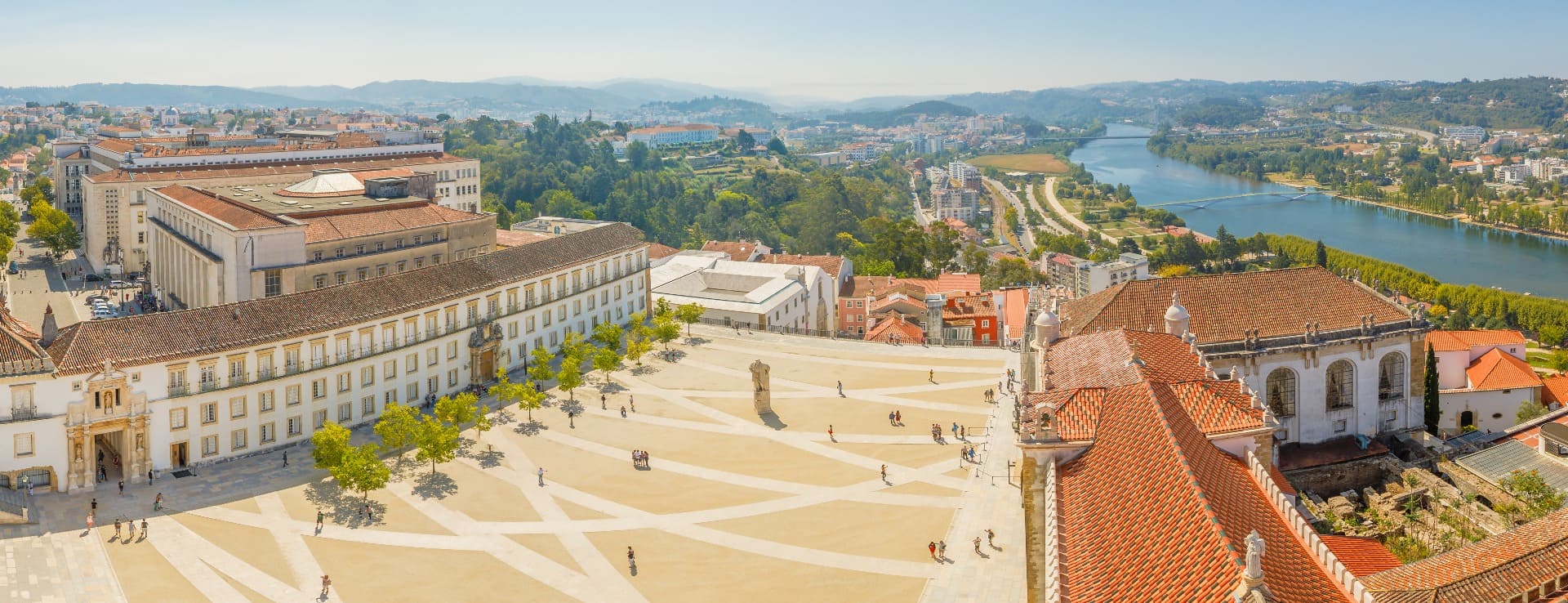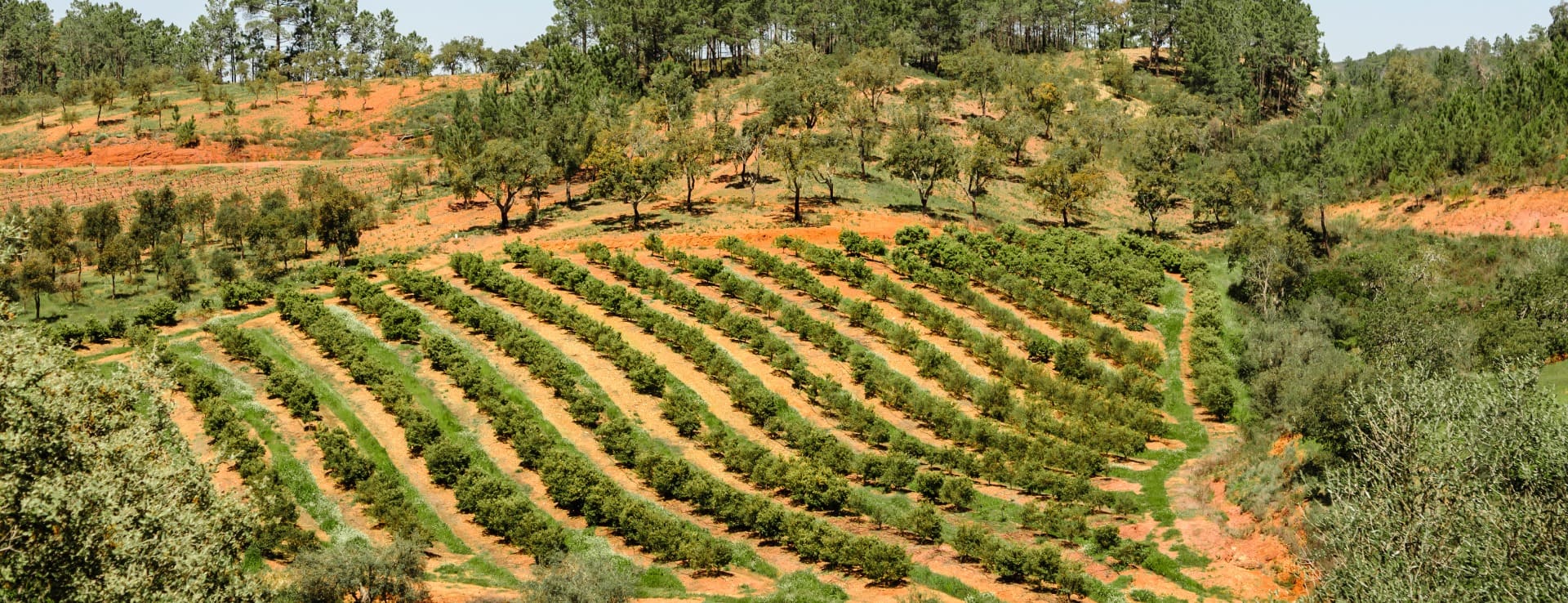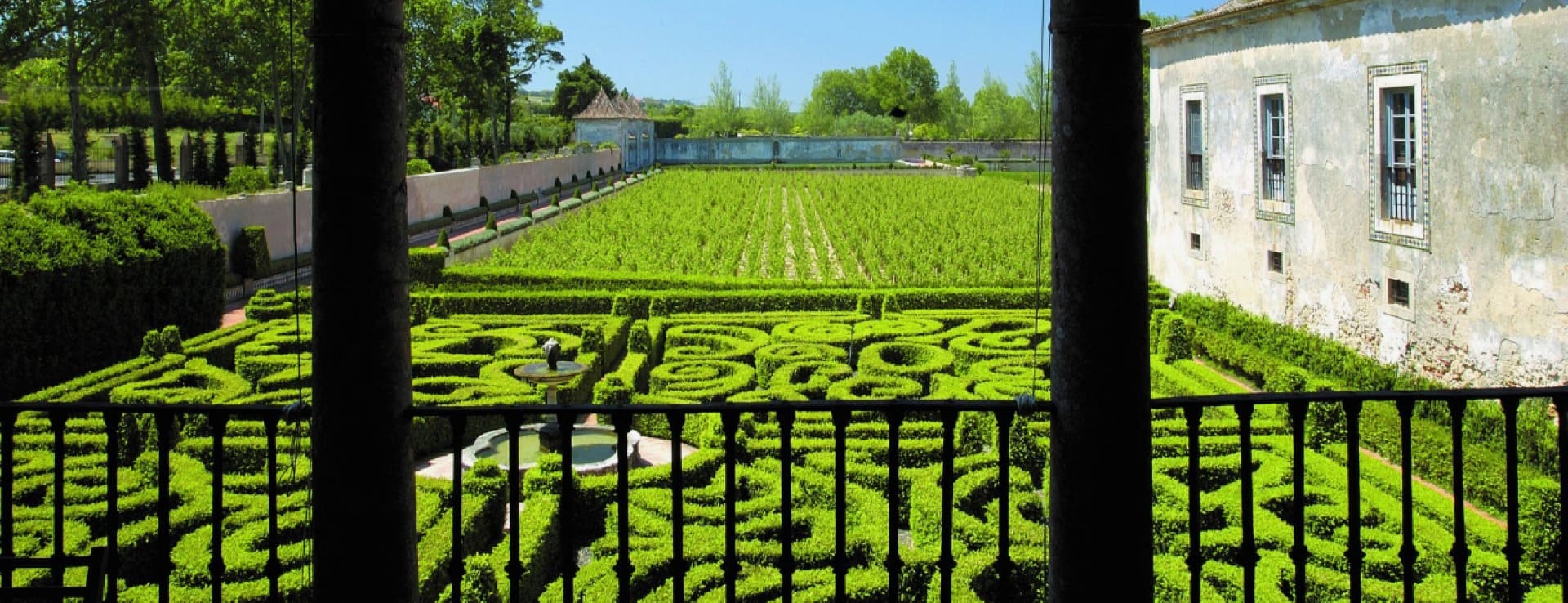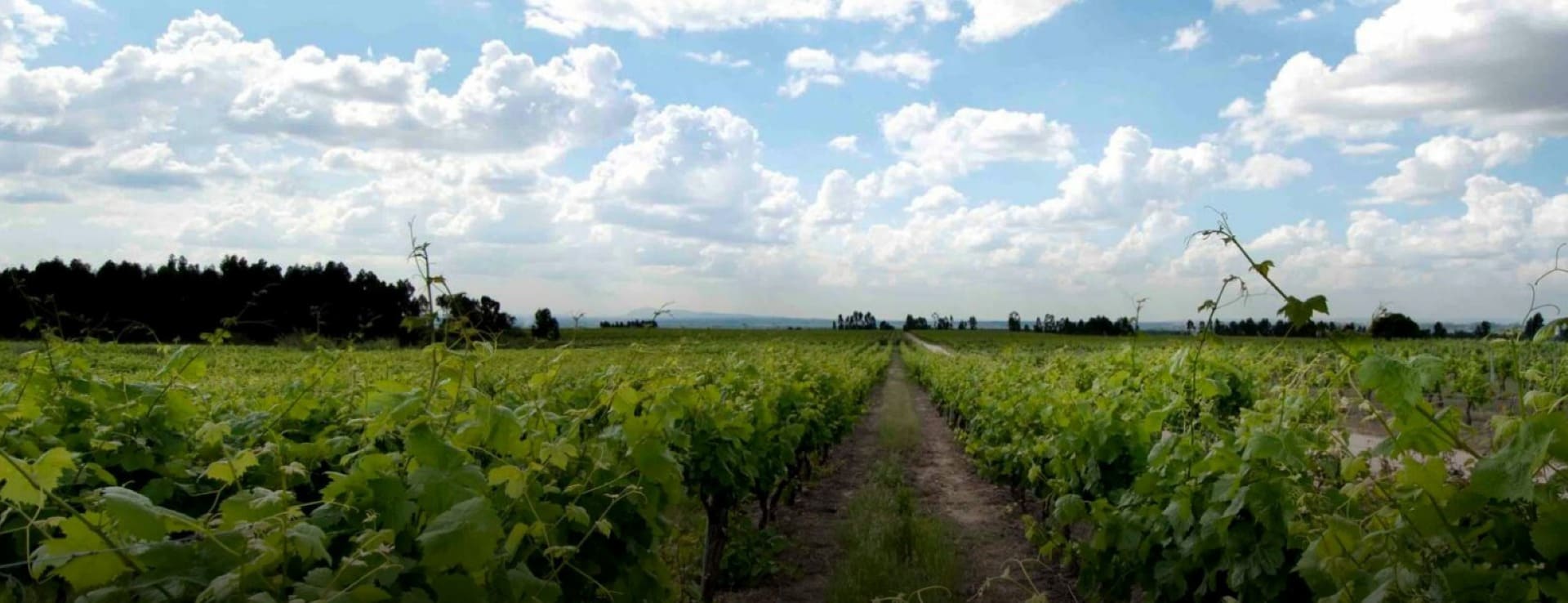Find your winery or vineyard
Infographic of the Denomination of Origin
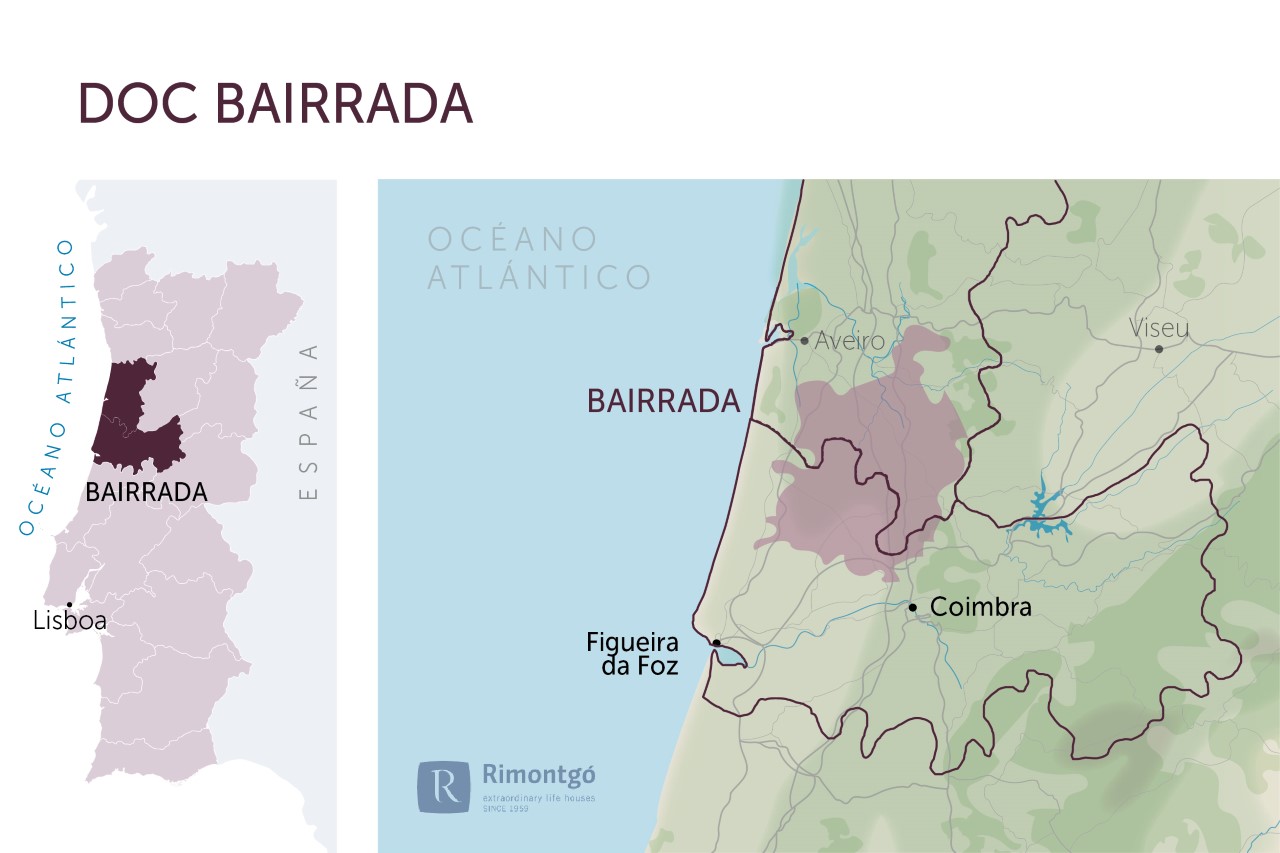
Change to imperial units (ft2, ac, °F)Change to international units (m2, h, °C)
D.O. year of foundation:
1979
Number of wineries (2017):
110
Total surface area:
12.000 ha29.652 ac
Maximum production allowed:
13.500 kg/ha12.044 lb/ac
Altitude of the vineyards:
Min: 50m
Max: 500m
Min: 164ft
Max: 1.641ft
Temperature:
Min: 13º
Max: 19º
Min: 55°F
Max: 66°F
Yearly rainfall:
1.100 l/m2102 l/ft2
Coimbra
LOCATION
The area of the Bairrada wine region includes all the parishes of the municipalities of Andia, Mealhada and Oliveira do Bairro. The parishes of Aguada de Baixo, Aguada de Cima, Agueda, Barro, Belazaima, Espinhel, Fermentelos, Ois da Ribeira, Recardaes and Valongo do Vouga in the district of Agueda; the parishes of Nariz in the district of Aveiro; the parishes of Ança, Bolho, Cadima, Cantanhede, Cordinha, Covoes, Febres, Murtede, Ourenta, Outil, Pocariça, Portunhos and Sepins in the district of Cantanhede; the parishes of Covas do Lobo and Sosa in the district of Vagos; and the parishes of Souselas, Trouxemil and Vil de Matos in the town of Coimbra.
SUBREGIONS
Currently, the Bairrada DOC lies between the Vouga river in the north, the Mondego in the south and the Serra do Caramulo and Buçaco in the east. A strip of pine forests in the west separates it from the Atlantic Ocean. The region is crossed by three small rivers, Certima, Agueda and Varziela, which flow into the Aveiro lagoon. The altitude varies from 50 meters near the coast to 500 meters in the Buçaco and Carmulo mountain ranges. In the Certima valley, most of the vineyards are located on a fairly flat surface between 7 and 120 m above sea level.
POINTS OF INTEREST
Coimbra together with Guimaraes where the former capitals of Portugal. Nowadays, the walled city of Coimbra has no walls; however, the remains of the ancient Medieval wall are the Arco e Torre de Almedina.
Highlights of the city of Coimbra are the cultural-historic complex of the University of Coimbra surrounding the Paço das Escolas with the Johannine Library dating back to the Baroque era and the Praça do Comercio and its Romanesque Igreja de Santiago.
D.O./Valle (wine regions)
Discover more wineries and vineyards for sale in these wine regions in Portugal
Subscribe to our mailing list to receive news about wineries and vineyards.

